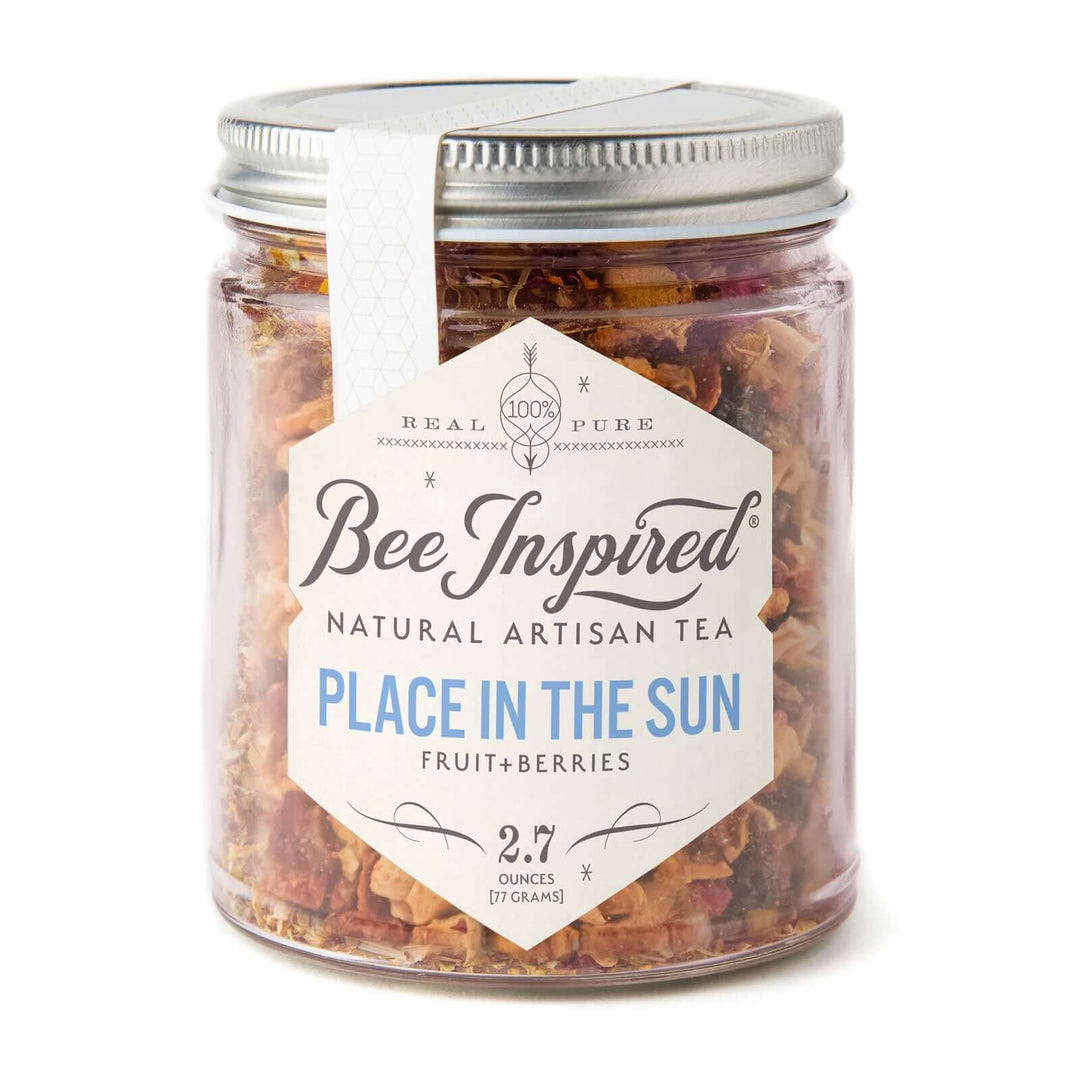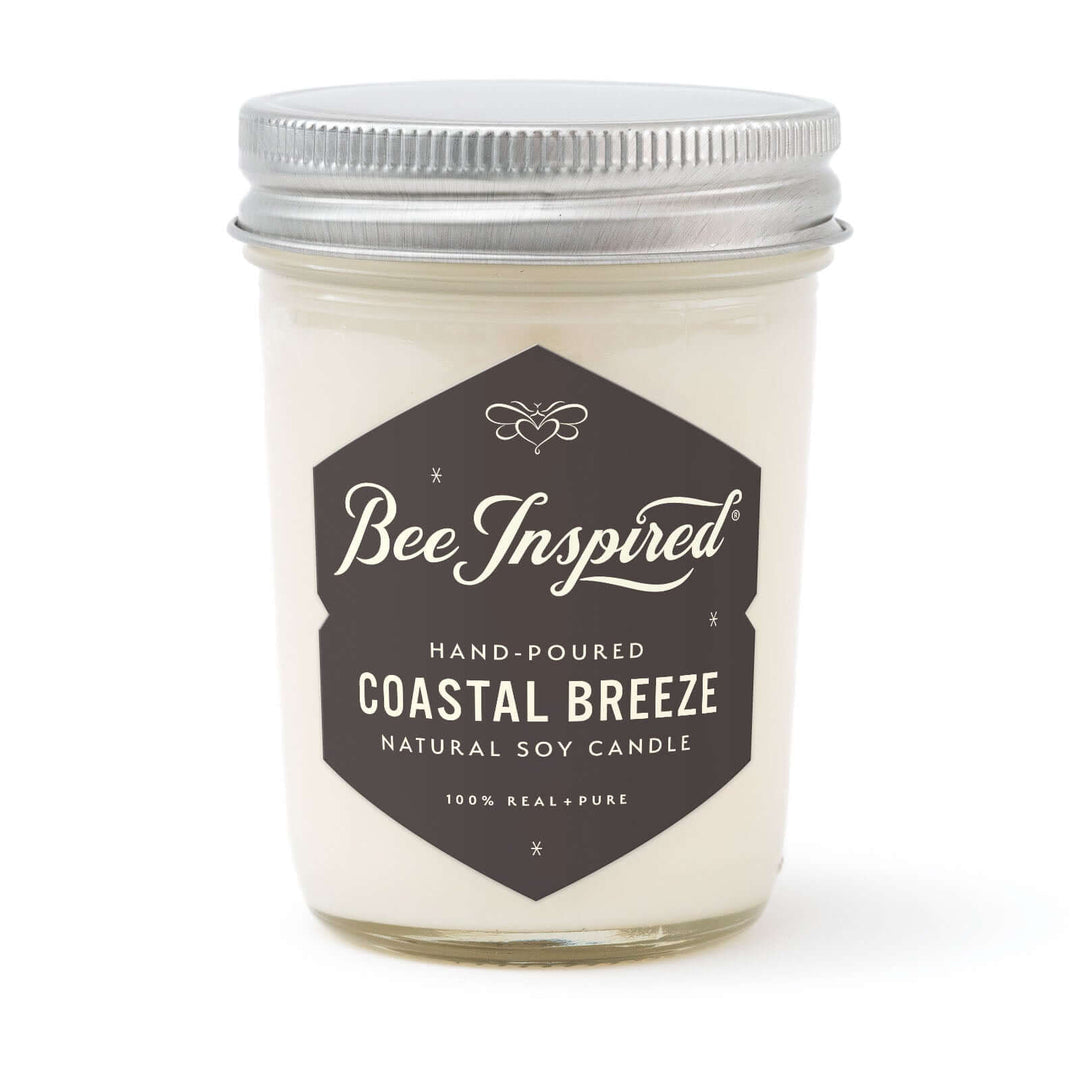Varroa mites (Varroa destructor) represent one of the most significant challenges in modern beekeeping. These external parasites threaten honey bee colonies worldwide, making effective varroa mite control essential for successful beekeeping operations. This comprehensive guide explores proven detection methods, treatment options, and management strategies to help beekeepers maintain thriving colonies.
Educational Disclaimer: This content provides general information about agricultural pest management practices. Always consult with local agricultural extension services, licensed professionals, and follow EPA-approved product labels for specific treatment recommendations.
Understanding Varroa Mites
Varroa destructor mites are external parasites that feed on honey bee larvae, pupae, and adult bees. These reddish-brown, oval-shaped mites measure approximately 1.1mm long and 1.5mm wide, making them visible to the naked eye when present on bees.
Originally parasites of Asian honey bees, varroa mites have spread globally and now affect European honey bee populations. The mites reproduce within capped brood cells, with female mites preferring drone brood due to the longer development period.
Life Cycle and Impact
The varroa mite life cycle consists of two main phases:
- Phoretic Stage: Mites attach to adult bees, feeding on their fat bodies. This stage typically lasts 5-11 days when brood is present, but can extend to 5-6 months in cold climates without brood.
- Reproductive Stage: Female mites enter brood cells before capping, laying eggs and feeding on developing bees. A single mite can produce 5-6 offspring per reproductive cycle.
The impact on bee colonies includes weakened bees, reduced lifespans, impaired flight performance, and increased susceptibility to viral infections. Without proper management, severe infestations can lead to colony collapse.

Varroa Mite Detection Methods
Early detection forms the foundation of effective varroa mite control. Regular monitoring helps determine treatment necessity and timing. Three primary detection methods are widely used:
Sugar Shake Method
The sugar shake method provides a non-lethal assessment of mite levels:
- Collect approximately 300 adult bees (about half a cup) from frames with emerging brood
- Place bees in a jar with mesh lid
- Add 2-3 tablespoons of powdered sugar through the mesh
- Shake gently to coat bees thoroughly
- Allow bees to groom for 2-3 minutes
- Shake dislodged mites onto a white surface for counting
- Return bees to the colony
Alcohol Wash Method
While lethal to sampled bees, the alcohol wash provides highly accurate mite counts:
- Collect 300 bees in a jar
- Add isopropyl alcohol to cover bees
- Shake vigorously for 60 seconds
- Strain and count mites in the alcohol solution
Drone Brood Inspection
Since varroa mites prefer drone brood, examining drone larvae provides another detection method:
- Uncap drone brood cells
- Remove larvae and examine for mites
- Look for reddish-brown mites on white larvae
- Calculate infestation percentage
Treatment Thresholds: Agricultural extension services recommend treatment when monitoring reveals 3 mites per 100 bees in spring/early summer or 2 mites per 100 bees in late summer/fall.

Varroa Mite Control Methods
Effective varroa mite management employs an integrated pest management (IPM) approach combining multiple control strategies.
Chemical Control Options
Organic Treatments (EPA-approved for organic production):
- Formic Acid: Penetrates capped brood; temperature-dependent application
- Oxalic Acid: Effective on phoretic mites; best applied during broodless periods
- Thymol: Natural compound from thyme; controls mites on adult bees
Synthetic Treatments:
- Amitraz (Apivar): Slow-release strips for extended control
- Fluvalinate (Apistan): Where resistance hasn't developed
- Coumaphos (CheckMite+): Restricted use product
Important: Always follow EPA-approved product labels and consult local agricultural authorities for current treatment recommendations.
Mechanical Control Techniques
Screened Bottom Boards: Allow naturally falling mites to drop through, preventing reattachment to bees.
Drone Brood Removal: Exploit mites' preference for drone brood by removing drone comb before emergence, eliminating developing mites.
Powdered Sugar Dusting: Encourages grooming behavior, causing mites to lose grip and fall from bees.
Cultural and Biotechnical Approaches
Mite-Resistant Bee Stock: Breeds with Varroa Sensitive Hygiene (VSH) traits naturally detect and remove infested brood.
Brood Breaks: Temporary interruption of brood rearing disrupts mite reproductive cycles.
Small Cell Foundation: Some beekeepers report reduced mite reproduction in smaller cells, though scientific evidence remains mixed.

Integrated Pest Management Strategy
An effective IPM approach for varroa mites includes:
Monitoring Schedule
- Spring: Monthly testing starting in May
- Summer: Continued monthly monitoring during active season
- Fall: Increased monitoring every 3 weeks before winter preparation
- Winter: Minimal disturbance monitoring using sticky boards
Treatment Rotation
Rotate treatment types annually to prevent resistance development:
- Year 1: Organic acid treatment
- Year 2: Essential oil-based treatment
- Year 3: Synthetic miticide (if necessary)
Timing Considerations
- Spring Treatments: Ensure low mite levels for the growing season
- Summer Monitoring: Track population growth without treating during honey flows
- Fall Treatments: Critical for winter bee survival; treat before winter bee production
- Winter Applications: Limited to broodless period treatments like oxalic acid

Our Spring Honey is harvested from our Chesterhaven farm
Treatment Timing and Best Practices
Seasonal Treatment Calendar
Spring (March-May):
- Monitor emerging colonies
- Apply treatments if levels exceed 2-3 mites per 100 bees
- Focus on organic treatments during nectar flows
Summer (June-August):
- Monthly monitoring without honey supers present
- Avoid treatments during honey production
- Prepare for critical fall treatment window
Fall (September-November):
- Essential treatment period before winter bees
- Target mite reduction before cold weather
- Allow treatment withdrawal periods before winter clustering
Winter (December-February):
- Oxalic acid vapor treatments during broodless periods
- Minimal hive disturbance
- Monitor with sticky boards
Weather Considerations
- Temperature Ranges: Most treatments have specific temperature requirements
- Humidity Effects: Can impact treatment efficacy
- Wind Conditions: Affect vapor treatments and application safety
Safety Protocols
- Personal Protection: Always wear appropriate protective equipment
- Application Timing: Follow label instructions for temperature and timing
- Withdrawal Periods: Respect pre-harvest intervals for honey production
Supporting Pollinator Health
Maintaining diverse foraging opportunities supports overall colony resilience. Research indicates that access to varied pollen sources, including native wildflowers and agricultural crops, contributes to colony strength.
Pollinator-Friendly Practices
- Plant diverse flowering species with extended bloom periods
- Avoid pesticide applications during bee foraging hours
- Maintain native plant habitats near apiaries
- Support agricultural practices that benefit pollinators
Learn more about creating a pollinator habitat in our guide to farming for bees.
Monitoring and Record Keeping
Successful varroa management requires detailed records, ensuring the continuation of healthy colony behaviors:
Essential Records
- Monitoring Dates: Regular testing schedule documentation
- Mite Counts: Numerical results from each test
- Treatment Applications: Products used, dates, and weather conditions
- Colony Responses: Observations following treatments
- Seasonal Patterns: Annual trends in mite populations
Digital Tools
Modern beekeepers can utilize digital platforms and mobile applications designed for apiary management, helping track treatments and schedule monitoring activities.

Your Colony's Future
Effective varroa mite control requires a comprehensive approach combining regular monitoring, appropriate treatment selection, and proper timing. By implementing integrated pest management strategies and maintaining detailed records, beekeepers can successfully manage varroa populations while maintaining healthy, productive colonies.
Success in varroa management comes from understanding local conditions, following scientific recommendations, and adapting strategies based on colony responses and environmental factors. Regular consultation with agricultural extension services and experienced beekeepers provides valuable support for developing effective management programs.
For additional beekeeping resources and how to support your apiary management, explore our beekeeping blog.
Frequently Asked Questions
How often should I check for varroa mites?
Monitor your colonies at least four times per year: early spring, mid-summer, after the last honey flow, and late autumn before winter preparation. During active season (May-August), monthly monitoring provides the best early detection.
What's the difference between organic and synthetic varroa treatments?
Organic treatments like formic acid, oxalic acid, and thymol are derived from natural sources and are approved for organic honey production. Synthetic treatments like amitraz and fluvalinate are laboratory-created chemicals. Both can be effective when used properly and rotated to prevent resistance.
Can I treat for varroa mites while honey supers are on?
Most varroa treatments cannot be used during honey production periods. Always check EPA-approved product labels for specific restrictions. Remove honey supers before treatment and follow required withdrawal periods before replacing them.
How do I know if my varroa treatment worked?
Test mite levels 2-3 weeks after treatment completion using the same monitoring method you used before treatment. Effective treatments should reduce mite counts by 85-95%. If levels remain high, consider resistance issues or treatment application problems.
When is it too late to treat for varroa mites?
It's rarely "too late" to treat, but timing affects success rates. Fall treatments before winter bee production (typically August-September) are most critical for colony survival. Winter treatments are limited to oxalic acid during broodless periods.
Do I need to treat every hive in my apiary?
Yes, if one hive exceeds treatment thresholds, treat all hives in the apiary. Mites spread between colonies through drifting bees, robbing behavior, and swarming. Treating only some hives allows reinfection from untreated colonies.
What should I do if my bees seem resistant to treatments?
Resistance develops when the same treatment is used repeatedly. Rotate between different treatment types annually, ensure proper application following label directions, and consider consulting with local agricultural extension services for resistance management strategies.
Are there any natural alternatives to chemical treatments?
Several IPM approaches help manage mites naturally: screened bottom boards, drone brood removal, brood breaks, and mite-resistant bee stock. However, these methods typically need combination with approved treatments for effective control in most climates.
How do weather conditions affect varroa treatments?
Temperature, humidity, and wind significantly impact treatment efficacy. Most treatments have specific temperature ranges for safe application. Hot weather can harm bees during treatment, while cold weather may reduce treatment effectiveness. Always check product labels for weather requirements.












